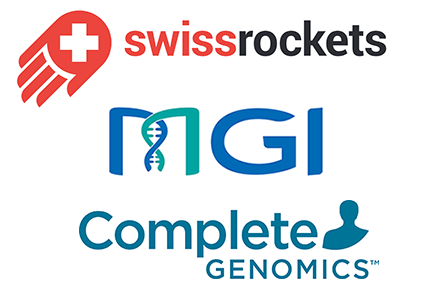With the completion of genome sequencing of major agricultural species in recent years and the development of functional genomics and bioinformatics, livestock and poultry breeding has gradually transformed from traditional breeding to genomic selection. Genomic selection uses molecular markers and machine learning to identify superior genotypes with improved traits, which is more efficient and accurate than traditional breeding. However previously due to the cost and technical barriers, genomic selection was limited to cooperative research of scientific institutes with rather low marketization and industrialization.
Based on the DNBSEQ-G400 genome sequencer*, the team of Professor Hu Xiaoxiang, China Agricultural University, recently cooperated with the team of Professor Wu Zhenfang, South China Agricultural University, to accelerate deciphering the genetic architecture of agricultural economic traits in pigs using a low-coverage whole-genome sequencing strategy. The research results were published on the international journal GIGA Science (5-year if: 7.715).

"Around 2012, a 50k chip for pig costs 1000-1500RMB, which is unacceptably high for enterprises." Said Professor Hu. At the beginning of the research, WENS, a Chinese modern agriculture and animal husbandry group, aimed to reduce the cost of genotype analysis. After their R&D applied the application to the DNBSEQ-G400*, the cost reduced significantly to 200RMB. Based on MGI DNBSEQ™ sequencing technology, not only did the DNBSEQ-G400* significantly reduce the sequencing cost, but additionally lowered duplication rates, improved accuracy and higher SNP and indel detection was achieved when compared with other platforms. In a whole, the DNBSEQ-G400* plays an instrumental role in the wide application of sequence-based genotyping.

Thanks to the breakthrough in genomic selective technology, Professor Hu's team spent three years working with enterprises to einforce the transformation from scientific research to application.
In this study, 2869 Duroc boars were collected from the same breeding farm, and the self-optimized Tn5-based low-coverage sequencing method was used to construct the genome library. Low-coverage whole genome sequencing was carried out on DNBSEQ-G400* platform at a mean depth of 0.73×, and the BaseVar/STITCH method was optimized for reference panel construction and genotype imputation. SNP chip, high-depth sequencing and Fluidigm genotyping methods were used to measure the accuracy of low-coverage data, and different parameters were used to evaluate the influence of sample size and sequencing depth on accuracy.

Low-coverage Whole-genome Sequencing strategy
The high-throughput gene sequencing technology and whole-genome selection platform will continue to play an important role in strengthening the basic research of breeding, cultivating excellent varieties, and the industrial application of biological breeding to promote agricultural modernization.
*Unless otherwise informed, all sequencers and sequencing reagents are not available in Germany, USA, UK, Hong Kong, Sweden, Belgium, and Italy.



 Sequencer Products: SEQ ALL
Sequencer Products: SEQ ALL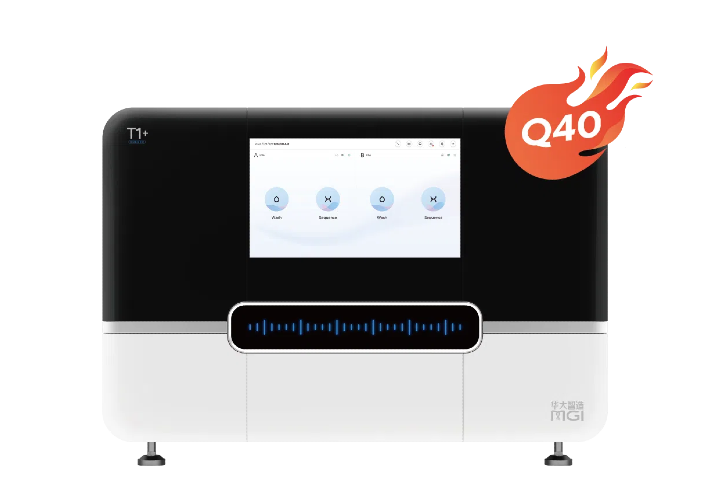

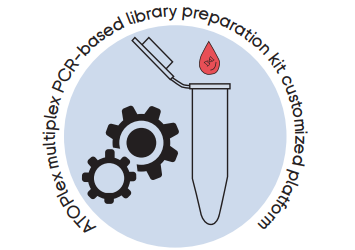
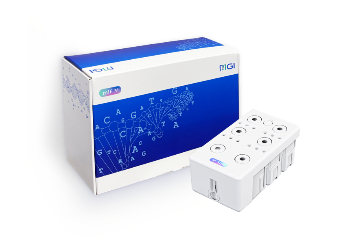
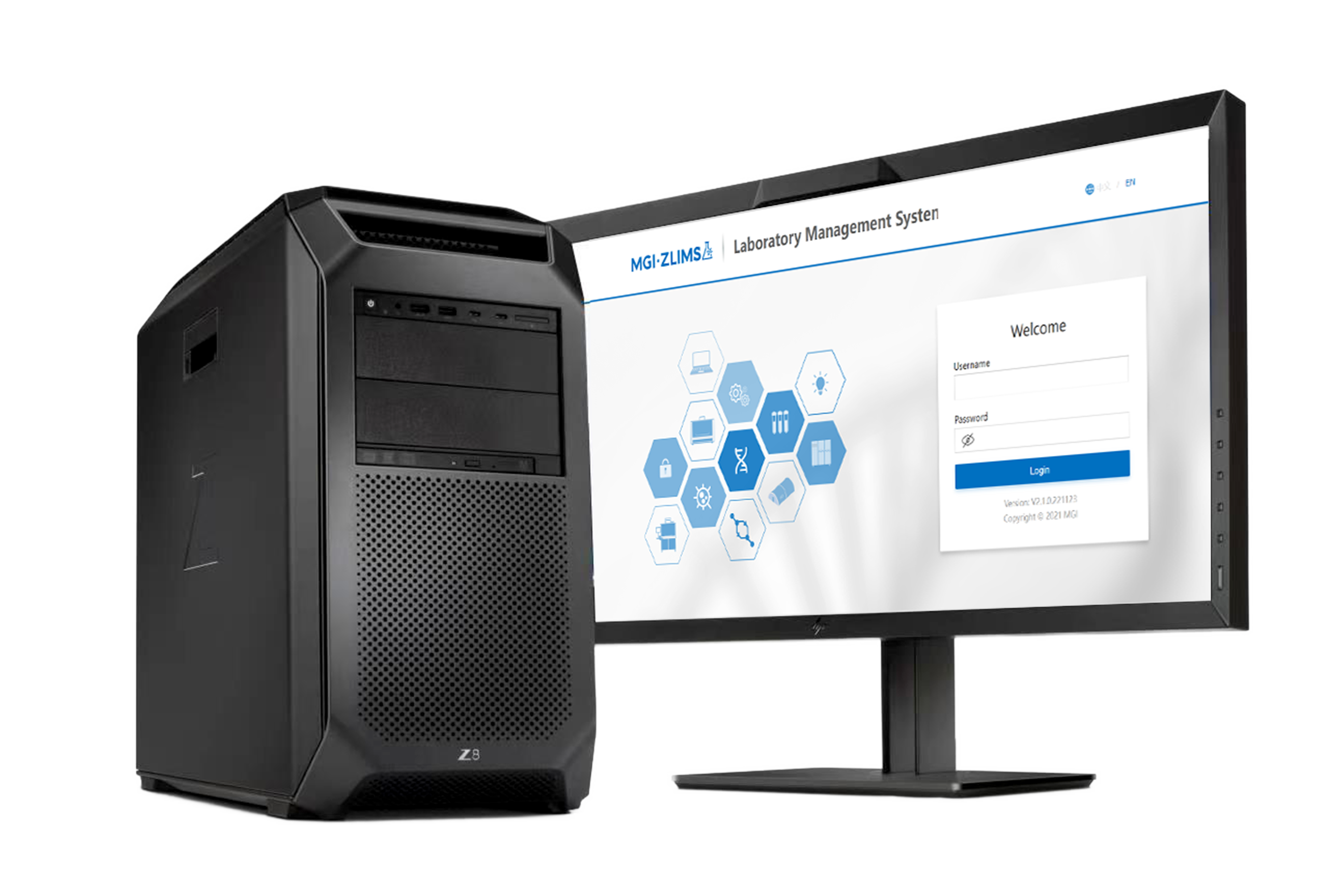
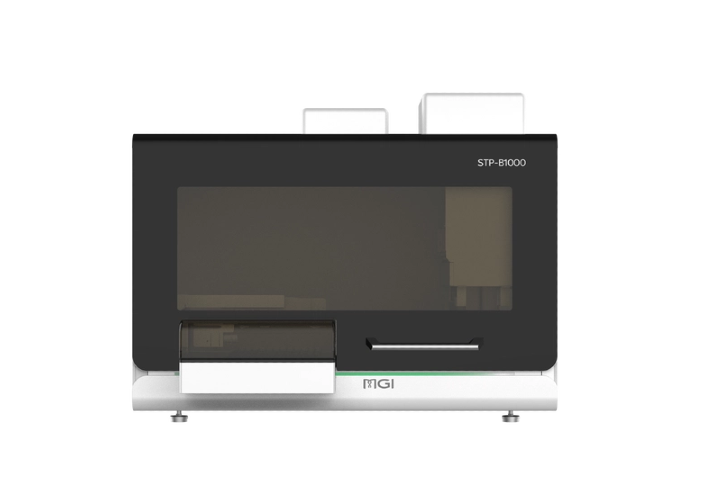
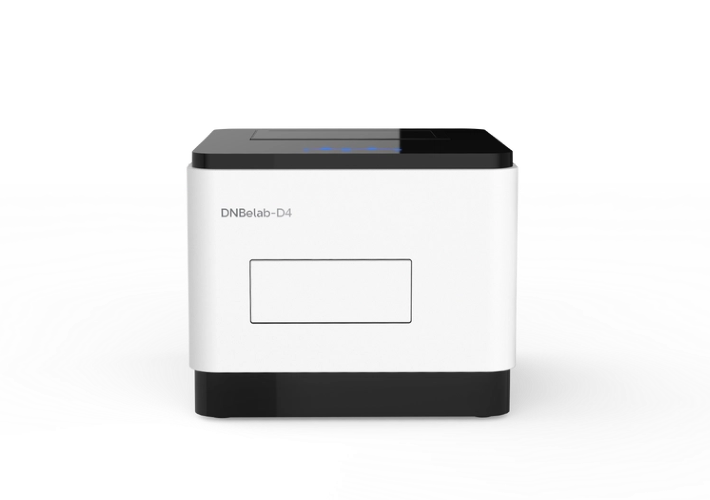
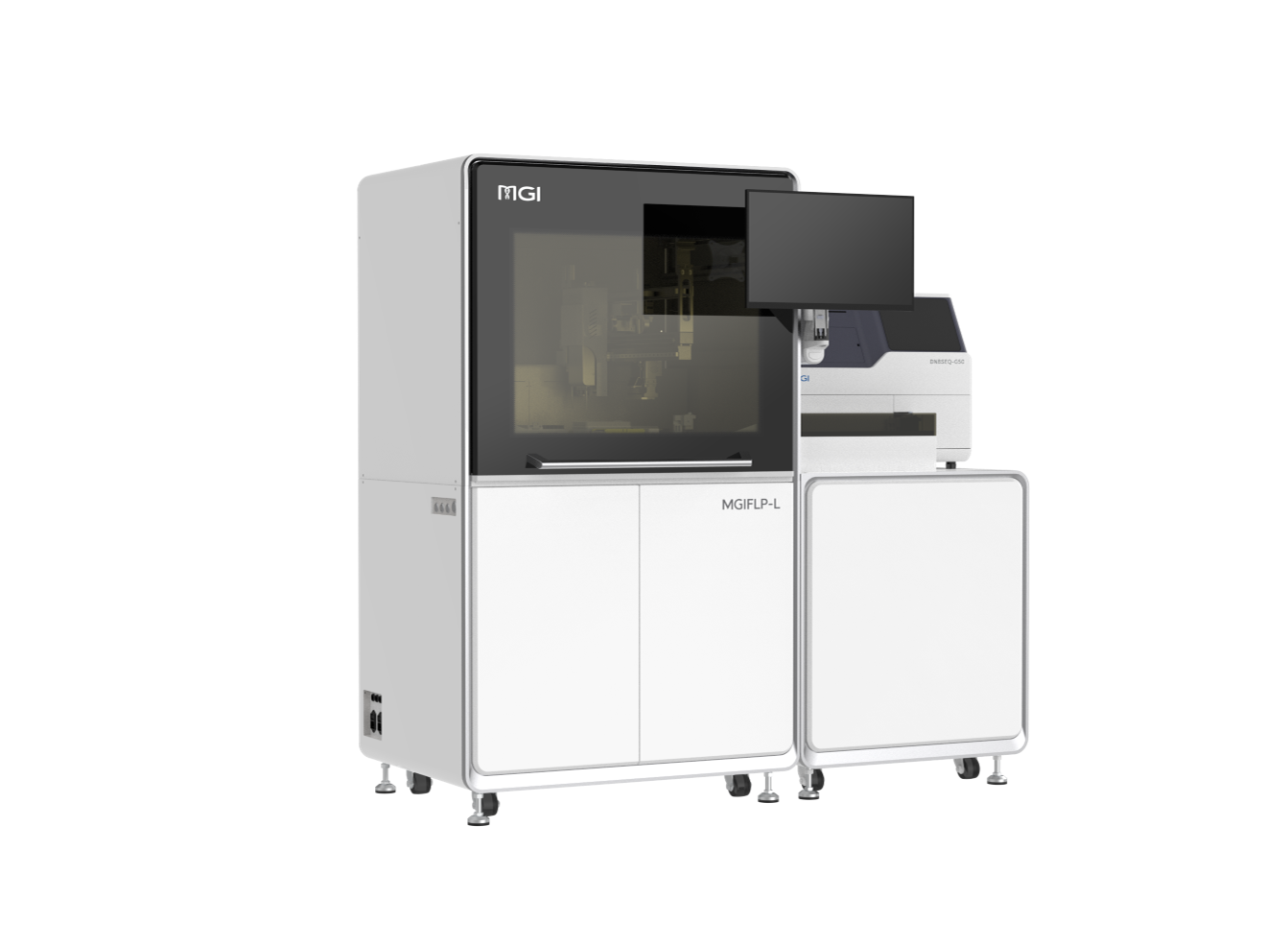
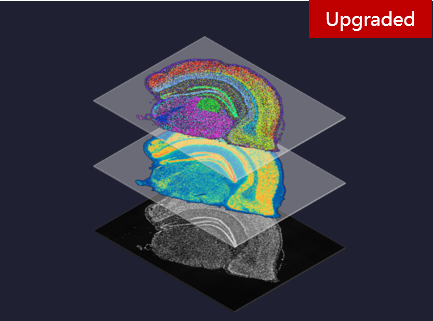
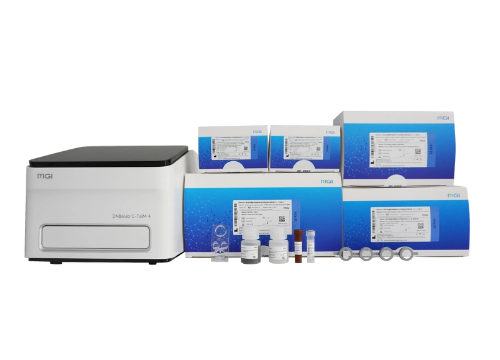
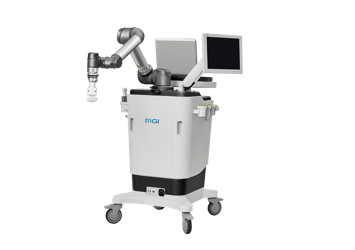
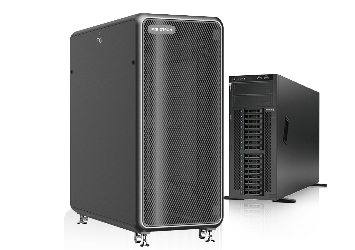
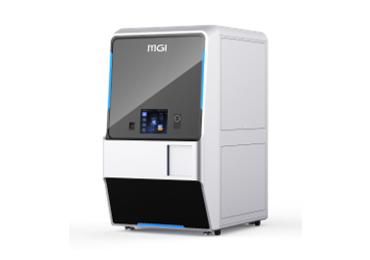



 Technologies
Technologies Applications
Applications Online Resources
Online Resources Data Bulletins
Data Bulletins Service & Support
Service & Support Global Programs
Global Programs Introduction
Introduction Newsroom
Newsroom Doing Business With Us
Doing Business With Us Creative Club
Creative Club










